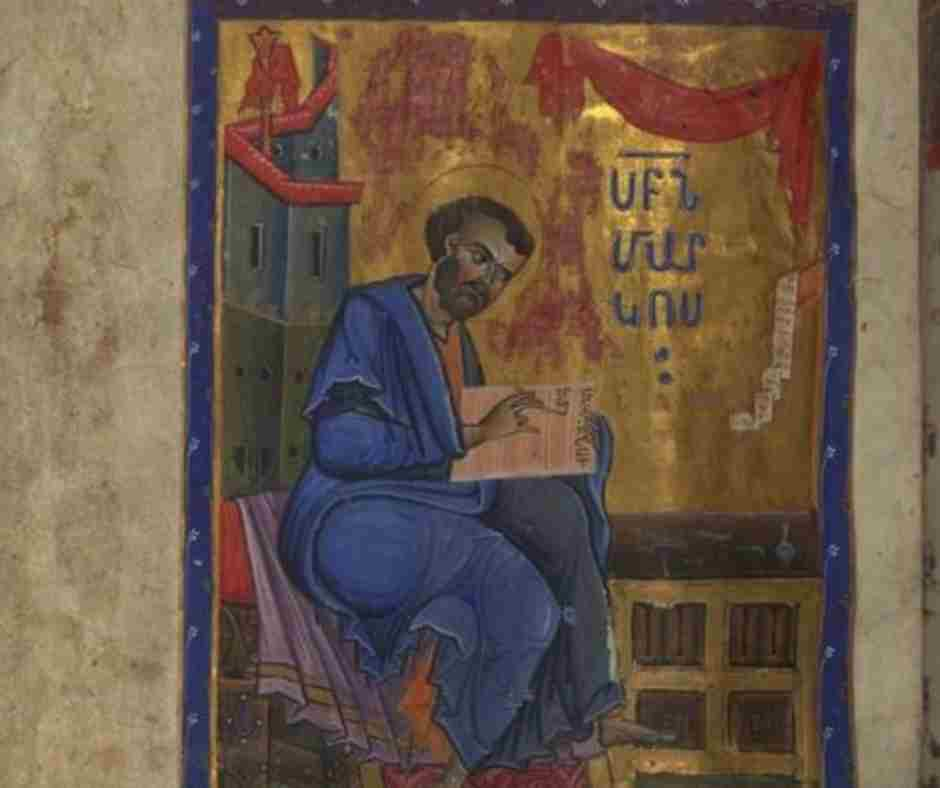
When one looks at an Indo-European language group map, some places stand out. If you are interested in cultural tourism, explore this part of the world to understand how their culture has developed. In this context, one cannot but point to some crucial elements that shaped the Armenian culture over centuries.
Exploring the Armenian culture is like opening a Pandora’s box to the centuries of discoveries, conquests, invasions, and the fall of empires.
This blog will uncover the unique cultural treasures of the Armenians as an ethnic group.
Manuscripts
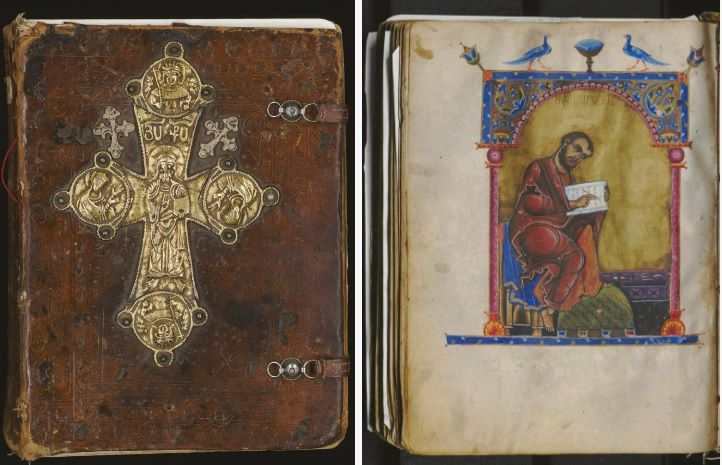
In terms of cultural phenomenon Armenian manuscripts have played a crucial role for over fourteen centuries. Despite the challenges of war and invasion, Armenians have valiantly preserved their literary treasures. Manuscripts were cherished possessions, often buried or hidden to protect them from destruction.
Memorable records within manuscripts provide valuable insights into their creation, including details about scribes, patrons, and historical contexts. Most surviving manuscripts serve religious purposes, reflecting the close relationship between medieval art and Christianity.
There are approximately 30 thousand surviving Armenian medieval manuscripts. The most famous miniature artist is Toros Roslin who introduced secular elements into biblical themes. There are only seven manuscripts preserved with his signature and all were made between 1256 and 1268. One of them “Zeytun Gospel” is at the Matenadaran in Yerevan now and is considered one of the masterpieces of medieval art.
Architecture
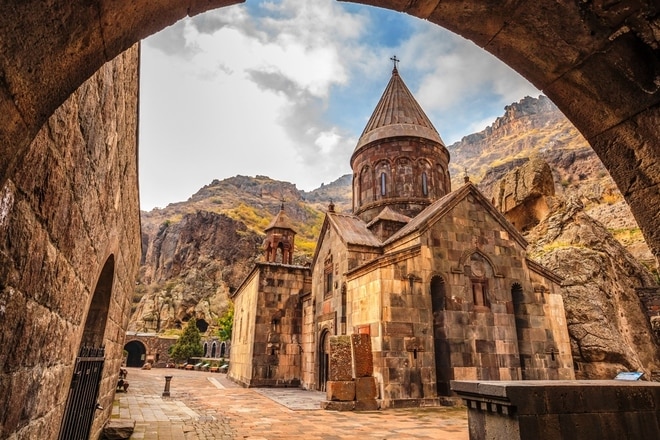
The local architecture is a symbol of the Armenian ethnic group, reflecting millennia of cultural heritage. From ancient dolmens to Hellenistic cities, Armenia’s architectural legacy is rich and diverse.
Monuments like the Erebuni Fortress and Garni Temple showcase the country’s historical significance and artistic prowess. Meanwhile, the transition to Christianity in 301 AD marked a pivotal moment, shaping architectural styles and techniques.
The good thing is that dozens of medieval monasteries and churches, some of them included in the UNESCO World Heritage List, have been standing to this day. So, you can visit them when traveling to Armenia.
The Etchmiadzin Cathedral, built in the 4th century is an example of early Christian architecture. Its cruciform design and domed structure influenced churches across Europe and Byzantium. In the 6th century, the Cathedral of Avan introduced the style of five cupolas. This architectural innovation reached its pinnacle with the St. Hripsime Church, renowned for its harmonious design and monumental beauty.
Other unique monuments that make Armenians stand out are khachkars scattered around the country. The cross-stones appeared in the 9th century and have been placed in Armenia and outside the country since then.
Unique Armenian Notes
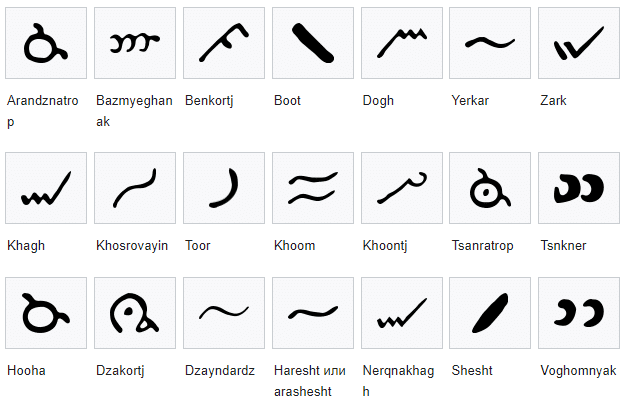
Khaz (notation) represents a unique Armenian neume, integral to the traditional musical notation system used for transcribing religious Armenian music since the 8th century.
Originating in Armenia, Khaz singing signs were initially developed in the 7th-9th centuries. They were probably created by scientist and poet Stepanos Syunetsi and spread in the Armenian Kingdom of Cilicia.
Khaz notations were not limited to music, some signs are used in modern Armenian languages as a question mark and an exclamatory mark. In addition, a comparative study of various medieval khaz tables clearly shows that the number of basic signs that were gradually introduced into practice increased to 40.
Khazes designated the methods and dynamics of performance, the rhythmic scheme of melodies, and chants, and the possibility of raising and lowering the voice.
Despite challenges, scholars like Komitas contributed to Khaz studies, highlighting its importance in understanding Armenian musical heritage.
Letters as Symbols of Armenian Culture
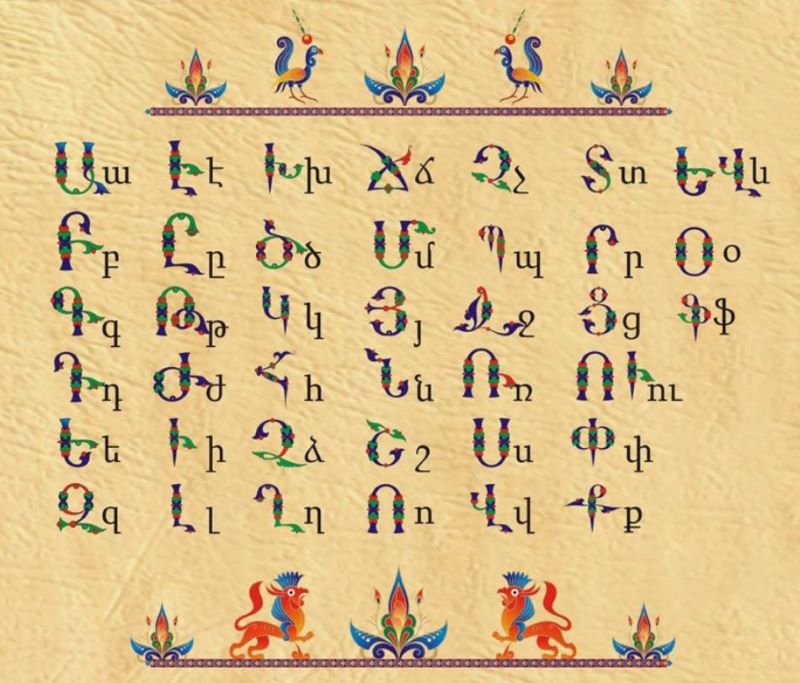
Being a small nation, Armenians made a revolutionary decision to create a unique alphabet that was groundbreaking for that period. From its creation in the 5th century by Mesrop Mashtots, the Armenian alphabet has played a pivotal role in shaping literature, art, and national pride. 36 original letters captured the nuances of the Armenian language. Subsequently, two more letters were added to the 11th century.
Moreover, Mesrop Mashtots organized the 36 letters of the Armenian alphabet into four rows, assigning distinct numerical values. In the ancient world, letters often served a dual purpose, also functioning as numbers. The first row represented units, the second – tens, the third indicated hundreds, and the fourth signified thousands.
One of the most significant milestones in Armenian literary history is the publication of the first Armenian book the “Urbatagirk” (Friday book) in 1512 by Hakob Meghapart in Venice.
Today, the legacy of Armenian letters is meticulously preserved at Matenadaran. It contains over 23,000 manuscripts, including the historic Urbatagirk and the first Armenian Bible.
Taraz
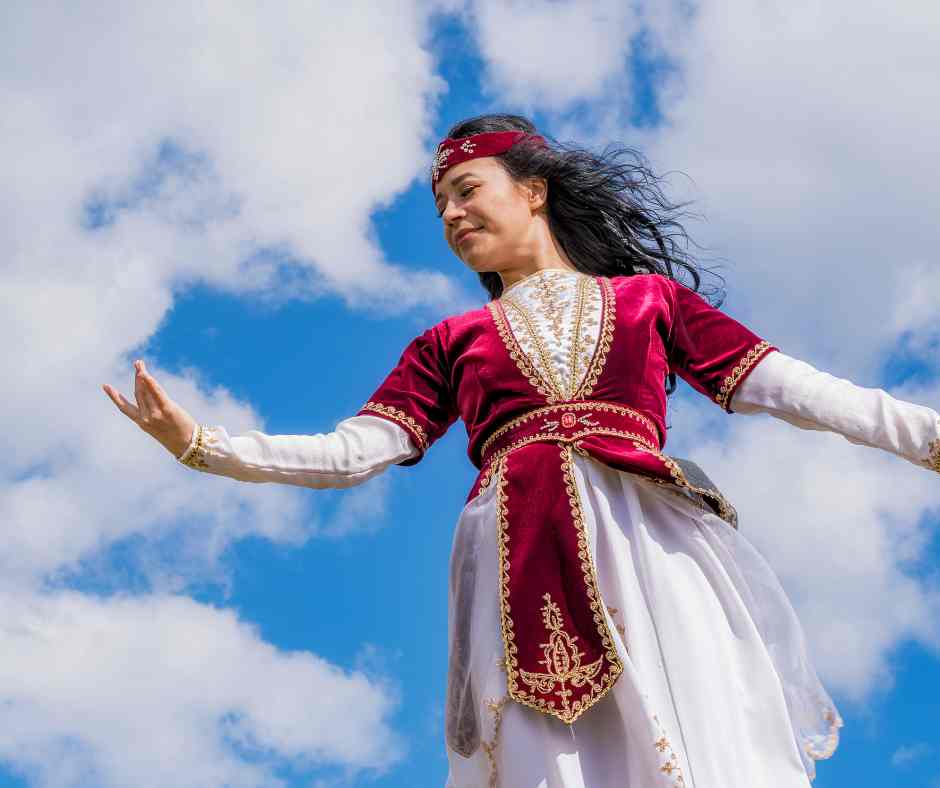
Armenian history, mentality, and cultural identity find expression in the national attire known as Taraz. More than mere fabric and stitching, taraz embodies a rich heritage, with distinct elements reflecting various Armenian regions.
Traditional Armenian costume for women typically consisted of a dress with a belt. Meanwhile, men wore trousers and shirts with a caftan. Both men and women wore traditional silver jewelry with plant patterns and geometric motifs.
In modern Armenia, traditional motifs and patterns are reimagined by local designers, breathing new life into ancient traditions. This also refers to the revival of silver jewelry production.
